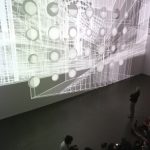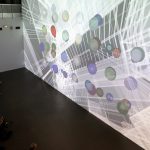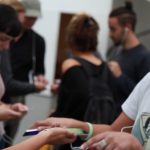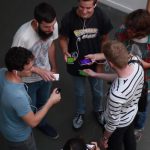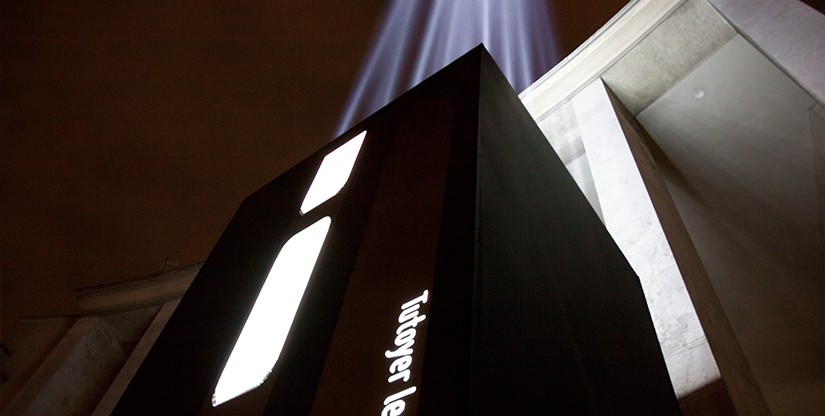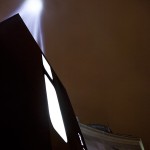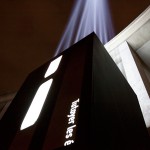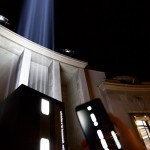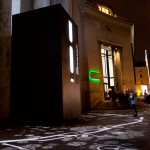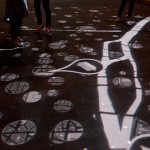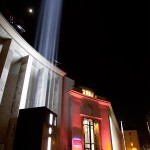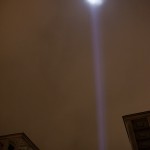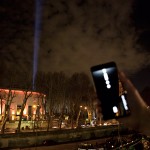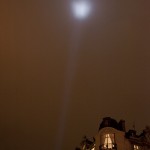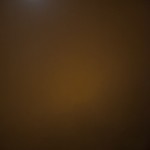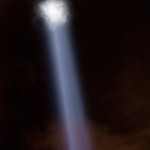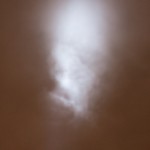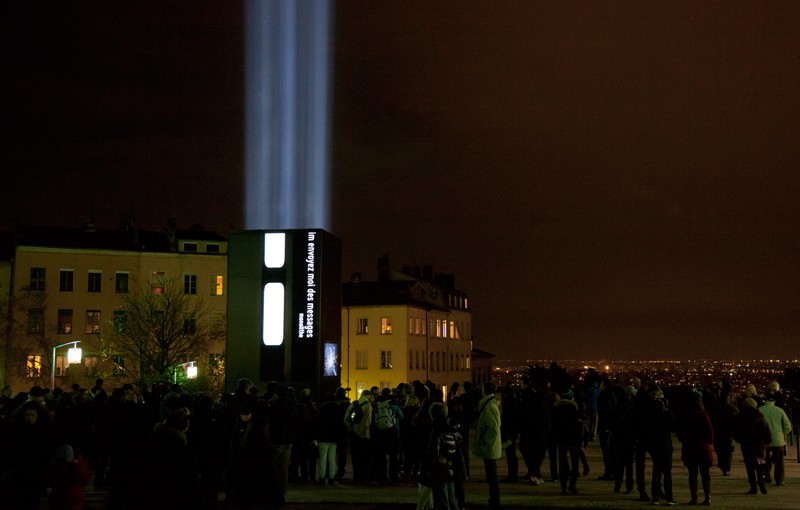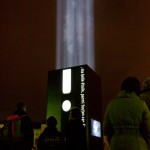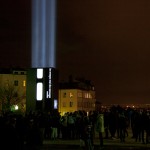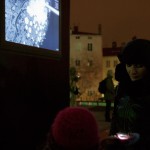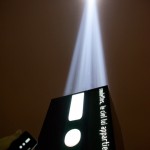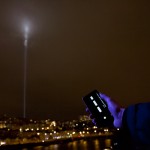Les 21 et 22 septembre 2016, les équipes de l’IRCAM (Institut de recherche coordination et musique), de l’EnsadLab (École nationale supérieure des arts décoratifs), des sociétés ID scènes, Orbe, No Design et l’ESBA TALM – Le Mans (École supérieure des beaux-arts Tours Angers Le Mans) se retrouvent pour deux journées d’études qui seront aussi l’occasion de présentations publiques.
À l’occasion de la mise en œuvre de plusieurs réalisations produites dans le cadre du programme de recherche CoSiMa, Grande Image Lab, programme de recherche au sein de l’ESBA TALM-Le Mans, organise deux journées d’études qui réunissent des acteurs et proposent des présentations publiques. Elles rendent compte de l’état de travaux menés au croisement de la conception et du développement d’outils numériques spécifiques, de dispositifs et d’enjeux artistiques sonores et visuels originaux. Les journées d’étude se dérouleront les mercredi 21 et jeudi 22 septembre à l’École supérieure des beaux-arts du Mans en plusieurs temps.
Mercredi 21 en fin d’après-midi et en soirée, le public est invité à participer à deux temps d’expérimentation d’œuvres interactives participatives originales dans le hall de l’École supérieure des beaux-arts du Mans. Les sessions sont librement accessibles à tous. L’organisation est assurée par Grande Image Lab (coordination technique et scientifique Christophe Domino) avec l’équipe et le soutien de TALM.
• de 17h30 à 19h
ProXoMix (titre de travail), expérience développée par Norbert Schnell, David Poirier- Quinot et Benjamin Matuszewski (IRCAM)
Elle permettra aux participants munis d’un smartphone avec des écouteurs de remixer la musique à partir des boucles en s’approchant et en s’éloignant dans l’espace.
• de 20h à 22h30, en programmation alternée
EspaceEspace de Dominique Cunin (EnsadLab)
Centon digital de Christophe Domino (Grande Image Lab, TALM).
Interactions dans l’espace 3D temps réel
Les travaux en cours et les réalisations s’attachent à différents mode de participation liés à la localisation des participants ou à leur action par l’intermédiaire de terminaux personnels. Le dispositif de projection et d’interaction permet de naviguer dans un espace virtuel sonore et visuel en 3D temps réel.
Avec EspaceEspace, une navigation dans une maquette 3D de l’école elle-même, projetée à échelle 1, est proposée. Les participants contribuent à des déplacements dans l’espace, et partagent des sensations et perceptions singulières. Avec Centon digital, il s’agit d’une lecture performée d’un texte qui se constitue par sélection de mot par les participants. Le texte engage peu à peu à réfléchir aux situations créés par les outils numériques et aux nouveaux contextes qu’ils produisent.


